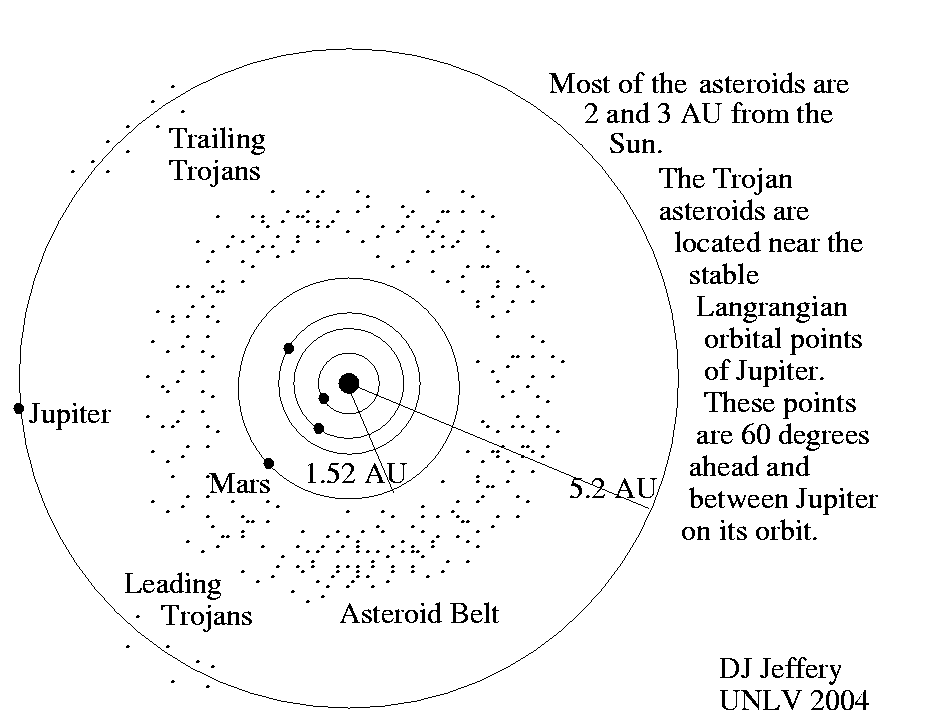
By far, most asteriods are really far away to haul here.
Long haul in space
Most asteroids in our Solar System are really far away from Earth. The bulk of asteroids (in the nearest asteroid belt) are at least as far away from Earth as Earth is from the Sun. That's just too much fuel to spend by current measures. We are much better off capturing asteroids that are flying by, but even for those you need a lot of fuel to get them into Earth orbit.
Of course the exact amount of fuel needed would vary greatly depending on how far away an asteroid is, how big it is and what its current trajectory is. I'm not in a position to make any estimates on the amounts of fuel but some things are slowly becoming more clear.
The bigger the more quality
Last week we got confirmation of the fact that the smaller the asteroid the more debris it will contain . I'm going to make an assumption that the value of the material to be mined for a small asteroid will therefore be less not only due to the smaller quantities of the material but also due to lower quality of the ore to be gained for the asteroid.
This is purely based on the assumption that debris is less likely to be of a higher density per gram of matter than the solid core of the asteroid and on the recorded fact (in the above article) that the color brightness of the matter was higher beneath the debris. At this point I have very little information to base assumptions on but, based on these few facts, it makes sense to say that digging through a bigger asteroid will have higher chances of being more profitable than digging through the same amount of material on a higher number of smaller asteroids.
Spend it well
It only makes sense that going after "the big fish" will be cheaper in terms of fuel costs than going after lots of "small fry". You just make one round trip and get yourself a sizable amount of matter to work with. This also works better for establishing an anchor point of a space elevator and puts in the right type of machinery and procedures to catch the killer asteroid we are all dreading (if you are acutely aware of the threat).
Fuel kind
Scailing up chemical rockets is all the rage nowadays. Certainly, these work pretty well for getting payloads into orbits but they will probably not provide the necessary thrust to get to a passing asteroid and alter its trajectory enough to put it into High Earth orbit (as required to be a space elevator anchor).
And ion thrusters may not be good enough in terms of thrust to weight ratio, even when scaled up. What may be needed is a Z-pinch confined fusion rocket. Currently there is at least one company that is using sheared flow to confine plasma, which is currently cheaper than confining it with powerful magnets.
Then there is the question of the fuel itself. Deuterium-tritium fusion relies on tritium, which is really hard to aquire. Even deterium-heilum fusion requires helium-3, which (at this point at least) would require setting up mining operations on the Moon, just to acquire propellant (though there is progress in producing it).
Still, he might have to look beyond helium-3 to the more abundant boron for our fuel. Boron is both abundant and aneutronic. There are at least a couple of companies that are pursuing different approaches. And I have read of a startup that was pursuing deuterium-lithium fusion (though I can't find anything about them now).
It's hard to say when all of the building blocks required to get the right fuel and propulsion for parking asteroids will be in place, keep an eye out for news!
| Previous |  |
Next |